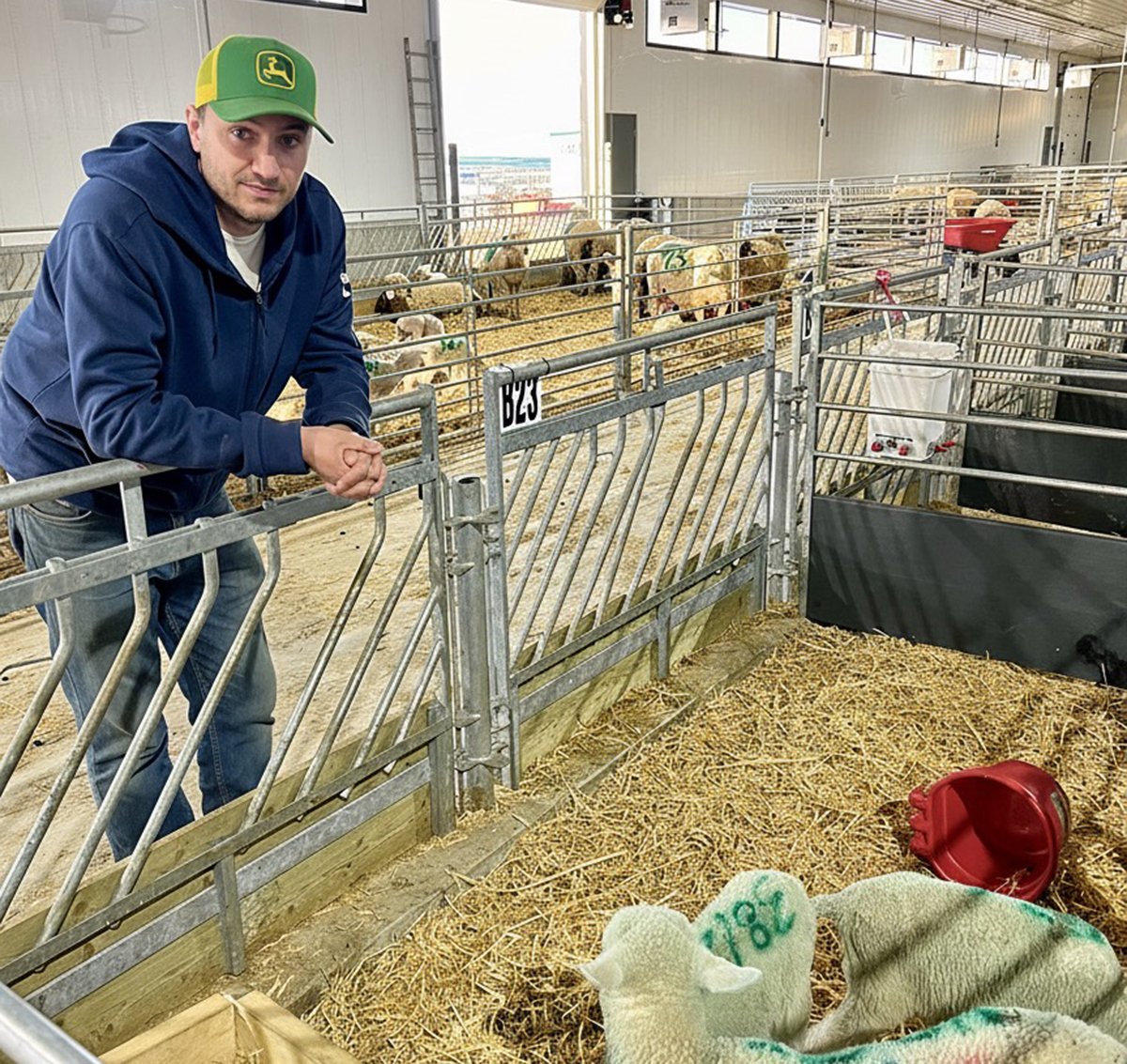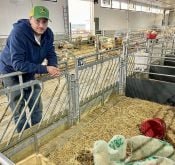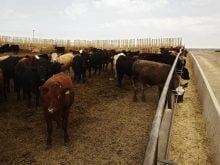Canadian governments and livestock sectors are on track to meet national traceability goals that ministers set last year, says a senior Agriculture Canada official.In July 2009, federal and provincial agriculture ministers committed at their annual summer meeting to establish a mandatory comprehensive national system for livestock by 2011.“I believe I will be able to stand up at the end of 2011 and say we have accomplished what we set out to do,” said Susie Miller, director general of Agriculture Canada’s food value chain bureau.However, she said not all the traceability systems will be nationally mandatory by the end of next year, although all will be headed that way.As well, because the focus is on livestock sectors, even if success is declared it will fall far short of what a University of Regina public policy specialist says is needed to give Canada an internationally competitive food safety traceability system.In a May report rating food safety performance among 17 developed countries, Sylvain Charlebois, associate director of the Johnson-Shoyama Graduate School of Public Policy, rated Canada’s traceability system the worst among the group. Otherwise, Canada rated in the top four in food safety policy and outcomes.“All things remaining equal, if Canada were to increase its relative performance in traceability and management, it would be at the top of the world food ranking,” he wrote.Charlebois said in an interview earlier this month that Canada’s poor grade comes not because traceability at the animal level is inadequate but because the national system does not extend beyond livestock into other links in the food chain.“When it is on four or two legs, we’re doing fine,” he said “But once the animal is killed, it gets complicated and our system does not reach into the processing, distribution and retail sectors. The system is far more comprehensive in the other countries compared.”Miller said Canada concentrates on traceability at the live animal stage because that it is the key stage affecting food safety.“Those countries that say they have systems to trace a piece of meat back to the farm from the store are primarily designing that claim for marketing purposes and not food safety.”She said work has been underway since last summer to make better use of traceability information already collected by the cattle, hog, poultry and sheep sectors.“It often is a question of how to access the data that is there already and how to get it into a system,” she said.“Each sector has a significant plan in place. The basis of a good traceability system is record keeping.”However, each sector is pursuing its own path with financial help from governments.The hog industry is moving to individual identifiers and lot movement tracing and expects a comprehensive mandatory system by 2011.The poultry industry already has significant record keeping for biosecurity reasons, though much of it is paper based.“It is not yet an electronic system but it is effective,” Miller said.The sheep industry wants to move to radio frequency identifiers, but traceability still is voluntary.“Moving to mandatory is still to be worked out.”The cattle industry is phasing in radio frequency identifiers and extending animal movement record keeping to auction marts.Miller said many major players in the food chain beyond slaughter have developed their own traceability systems.Charlebois agreed but said they offer little food safety assurance because they are not nationally co-ordinated.
Read Also

Solar, sheep provide valuable farm diversification
Eric Steeves says raising sheep on forages grown under solar panels provided economic stability and perhaps even saved his family’s fifth generation southern Alberta grain farm.














